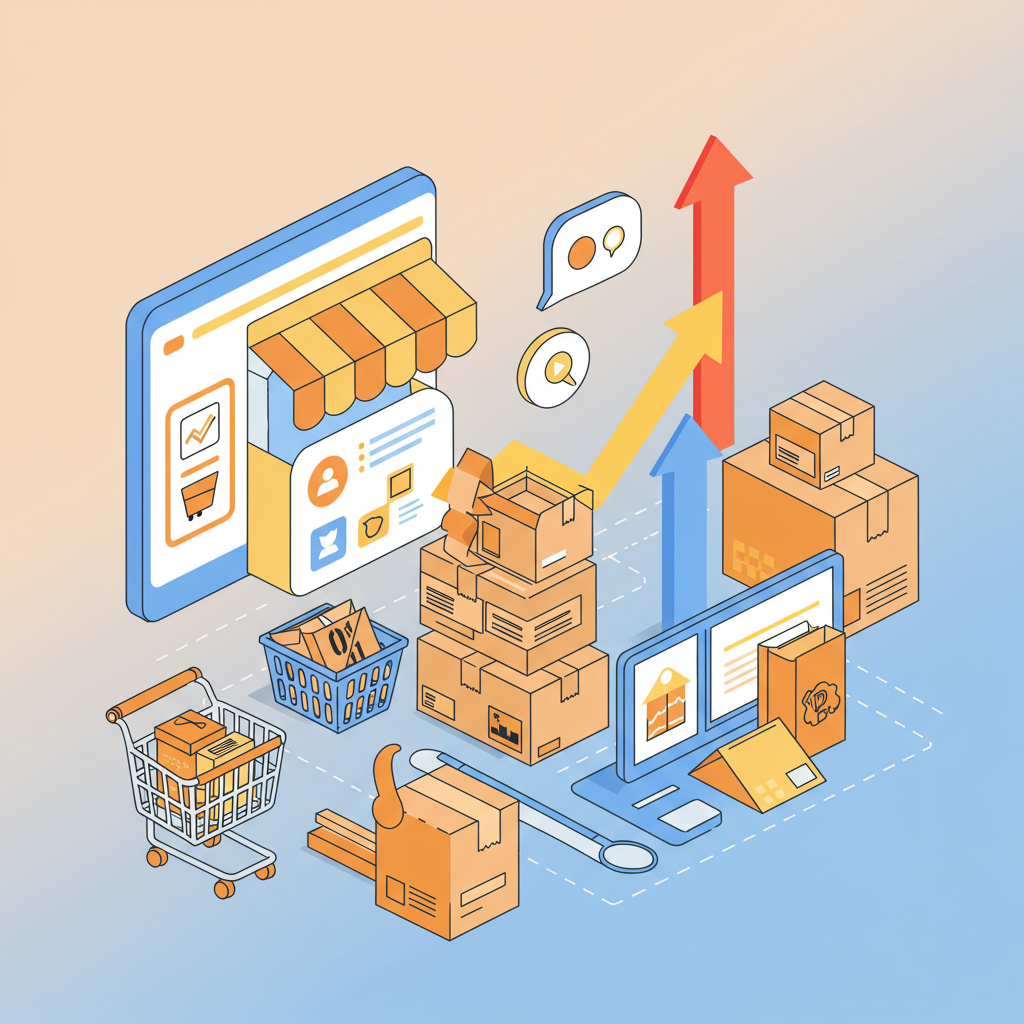Discover how I’ve leveraged smart upselling to significantly boost average order value and customer loyalty on Shopify.
As a Shopify merchant, I’m constantly looking for ways to maximize every customer interaction. One of the most powerful, yet often underutilized, strategies in my arsenal is upselling.
Upselling isn’t just about pushing more products; it’s about enhancing the customer’s experience by offering them a better, more valuable, or more complete solution than what they initially intended to purchase.
Think of it this way: if a customer is buying a smartphone, upselling might involve suggesting the model with more storage, a better camera, or a premium protection plan.
It’s about demonstrating the added value and helping them make a more informed, and ultimately, more satisfying decision.
For me, the primary goal of upselling on Shopify is to increase my Average Order Value (AOV). A higher AOV means more revenue per customer, without necessarily needing to acquire more new customers.
This directly impacts my bottom line and allows me to invest more in marketing, product development, or even better customer service.
Beyond AOV, upselling also plays a crucial role in improving Customer Lifetime Value (CLTV). When customers feel they’ve received a superior product or a more comprehensive solution, they’re more likely to return.
It builds trust and positions my brand as a helpful advisor, not just a seller.
So, how do I implement effective upsell strategies on my Shopify store? I focus on two main categories: pre-purchase and post-purchase upselling.
Pre-purchase upselling happens before the customer completes their order. This is where I try to influence their initial purchase decision.
A common tactic I use is product page recommendations. When a customer views a product, I display related, higher-value items or bundles directly on that page.
For example, if they’re looking at a basic coffee maker, I might suggest a premium model with more features, or a bundle that includes gourmet coffee beans and a grinder.
Another effective pre-purchase strategy is cart page upselling. Once an item is added to the cart, I present relevant upgrades or complementary products right before checkout.
This could be an extended warranty, a premium version of a chosen product, or a ‘complete the look’ suggestion for apparel.
Post-purchase upselling occurs after the customer has completed their initial purchase. This might seem counterintuitive, but it’s incredibly effective for building loyalty and securing future sales.
My favorite post-purchase upsell channel is the thank you page. Immediately after an order is confirmed, I present a highly relevant, time-sensitive offer.
This could be a discount on a complementary product, an exclusive upgrade, or a subscription to a related service. The key is that the customer is already in a buying mindset and feeling positive about their recent purchase.
Email follow-ups are also vital. A few days after their purchase, I send personalized emails suggesting products that would enhance their recent acquisition or offer an upgrade path.
For instance, if they bought a basic camera, I might email them about advanced lenses or photography courses.
When it comes to specific tactics, I’ve found product bundling to be incredibly powerful. Creating curated bundles that offer a slight discount compared to buying items individually encourages customers to spend more.
Tiered pricing is another strategy I employ, especially for digital products or services. Offering a ‘standard,’ ‘premium,’ and ‘pro’ version allows customers to self-select based on their needs and budget, often leading them to choose a higher tier.
I also leverage add-ons and accessories. For almost any product, there are complementary items that enhance its utility or experience. These are perfect upsell opportunities.
Crucially, all my upsell offers are highly relevant. I never just throw random products at customers. The suggestions must genuinely add value to their initial purchase.
Timing is everything. Presenting the right offer at the right moment, whether on the product page, in the cart, or post-purchase, significantly increases conversion rates.
I always ensure the value proposition is clear. Customers need to understand why the upsell is beneficial to them, not just to my bottom line.
Simplicity is key. The process of adding an upsell should be seamless and require minimal clicks. Any friction will lead to abandoned opportunities.
Finally, I constantly test and optimize my upsell strategies. A/B testing different offers, placements, and messaging helps me refine my approach and discover what resonates best with my audience.
There are many excellent Shopify apps that facilitate these strategies, from dedicated upsell apps to post-purchase offer tools. I highly recommend exploring them to automate and streamline your efforts.
Implementing these upsell strategies has been a game-changer for my Shopify store. It’s not just about making more money; it’s about building stronger relationships with my customers by offering them truly valuable solutions.
What are your thoughts on these strategies? I’d love to hear your experiences with upselling on Shopify!
By focusing on value, relevance, and a seamless customer experience, you too can unlock significant growth for your e-commerce business.






